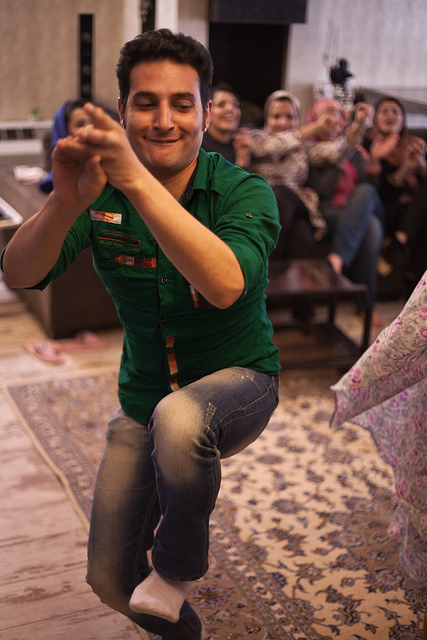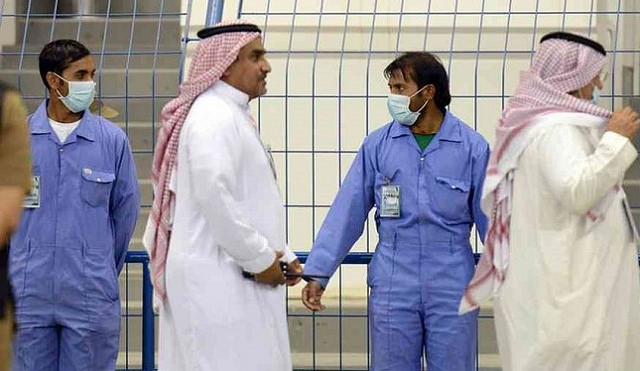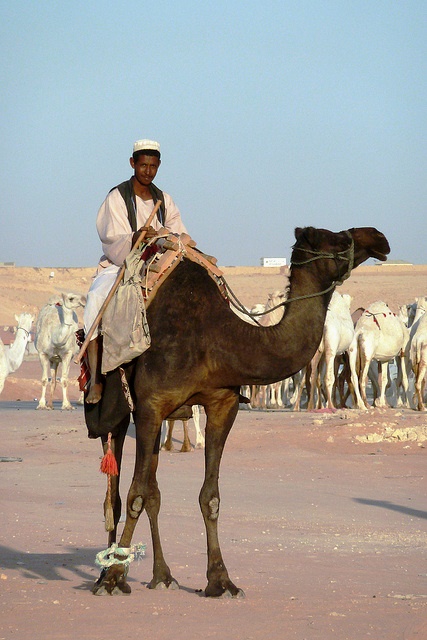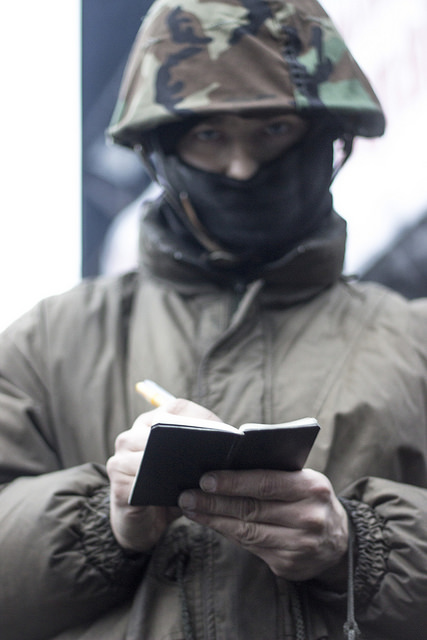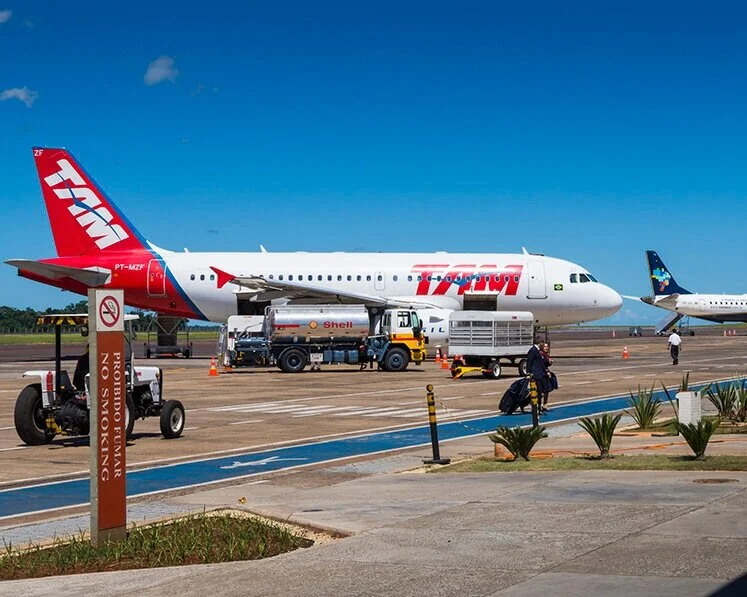Lawmakers in the U.S. Work to End Underground Sex Trafficking
/Olivia Elswick, Asia CorrespondentLast Modified: 1:06 p.m. DST, 22 May 2014
WASHINGTON, D.C. - The FBI estimates that 293,000 American youth are at risk of being trafficked in the underground sex trade. Lawmakers in the House are proposing a bill package aimed at shutting down the nation’s multimillion dollar sex trafficking industry, up for vote on Tuesday.
The measures include exploitation close to home as well as resolutions condemning the kidnapping in Nigeria of 200 schoolgirls by Boko Haram, an armed terrorist group that has threatened to sell the girls into forced marriages.
Rep. Ann Wagner, R-Missouri sponsored a bill that would make it a federal crime for advertisers to display child and adult trafficking victims on their websites. Another bill urges states to enact laws that treat minors who have been sold for sex as victims rather than criminals when they are arrested.
The legislation includes a formal condemnation of the Nigerian schoolgirl kidnapping on 14 April, a requirement for states to identify and address sex trafficking of children in foster care, and a request of the State Department to give “advance notice of intended travel” for sex offenders convicted of child abuse.
Additionally it would impose additional financial penalties on sex traffickers and increase restitution to victims. It offers employment assistance through Jobs Corps to the victims, and provides more resources to the National Human Trafficking Hotline. It would require convicted sex traffickers to report to authorities every three months and appear on the National Sex Offender Registry for life.
Cindy McCain, co-chair of Arizona governor’s Task Force on Human Trafficking, and wife of Sen. John McCain, R-Arizona, said, "This is beginning to reach critical mass in the U.S. and people are paying attention to it.” McCain, along with Senators Amy Klobuchar, D-Minnesota, and Heidi Heitkamp, D-North Dakota, met with Mexican government officials to discuss ways to end sex trafficking across the border.
“We can’t lead worldwide unless we clean up our own house first,” McCain told CNN. Human trafficking is the third-largest international crime behind illegal drugs and arms trafficking according to data from the United Nations Office on Drugs and Crime. Of the estimated $32 billion profits from human trafficking, it is estimated that $15.5 billion comes from industrialized nations.
In Portland, a pimp and his coworker approached Katie Rhoades, a 19-year-old homeless, drug-addicted stripper. Offering a better life as their recording studio production assistant, they lured in the teen. 72 hours after Rhoades moved from Portland to San Francisco she was held captive by the pair and forced to have sex for money. She was held hostage with other women in a building surrounded by a 6-foot fence topped with barbed wire and cameras, and guarded by pit bulls and an alarm system. When she finally escaped, she enrolled in a drug rehabilitation program, got clean, and earned her undergraduate and graduate degrees in social work.
Rhoades now runs a victim advocacy group and helps to train hotel staff on recognizing sex trafficking. "We need stronger laws penalizing folks who facilitate the sex trade," Rhoades said. "If a hotel manager consciously turns a blind eye to allow this to occur in his hotel then he needs to be penalized."
There needs to be more resources for victims once they’re rescued, according to Dedee Lhamon. She is the executive director of The Covering House, a St. Louis shelter for children rescued from the sex trade. Children in her shelter are usually from suburbs or small towns, where they are conned into the sex trade under the guise of things such as a study-abroad program or “girls who are going to school or church and being rented out by a parent or someone who needs to get their drug supply.”
29 people in Minneapolis have been indicted in a significant sex trafficking case where the victims (some under the age of 14) were repeatedly victimized over several years and transported several places.
"As a parent, I can sympathize and only imagine how horrible it is as a parent to have a child that has been subjected to this horrific crime," House Majority Leader Eric Cantor, R-Virginia, said at a news conference on Tuesday.
This coming Wednesday, National Missing Children’s Day, the Department of Justice will honor seven people who helped to rescue missing or abused children. Holly Smith, author of “Walking Prey,” a book written about her experiences when she was sex trafficked at 14, will speak at the event.
Follow Olivia on Twitter Twitter: @nahmias_report Asia Correspondent: @OCELswick
Related articles
- Sold into sex slavery: Lawmakers work to end underground sex trafficking (wtvr.com)
- Shutting down sex trafficking (cnn.com)
- Child abduction and sex trafficking are major problems in the US (intrepidreport.com)
- Human Trafficking Awareness Presentation at the Edgewater Chicago Public Library (gardeniac.typepad.com)
- Fighting to protect youth in foster care from sex trafficking (redalertpolitics.com)




